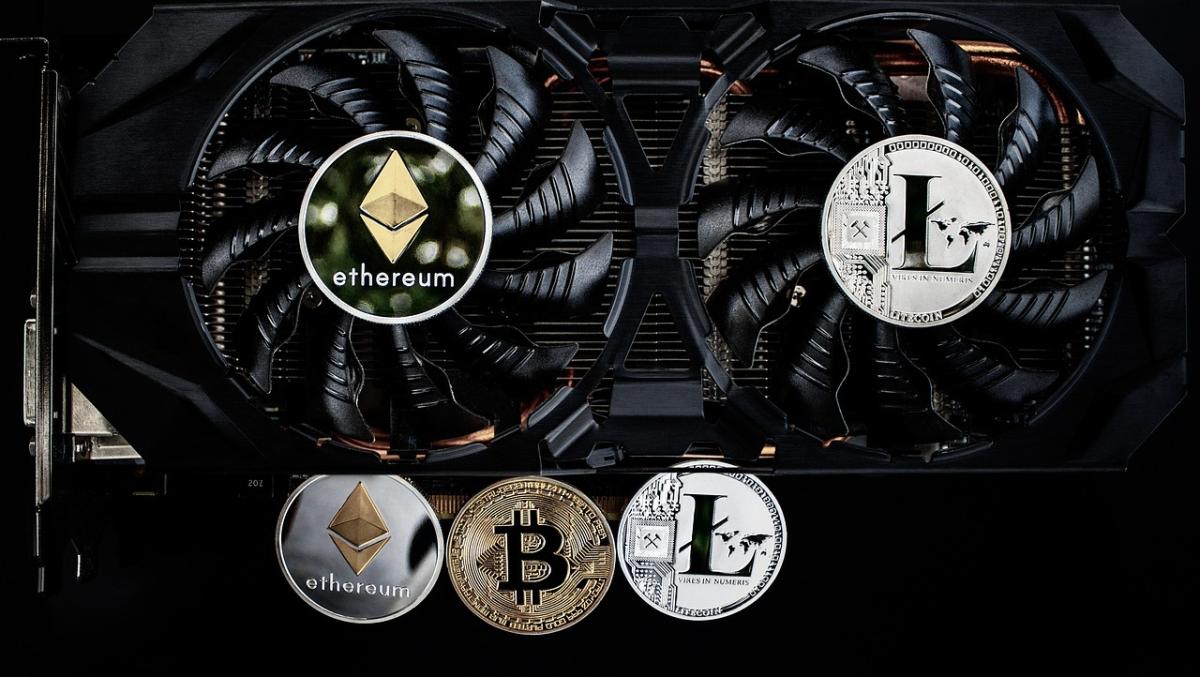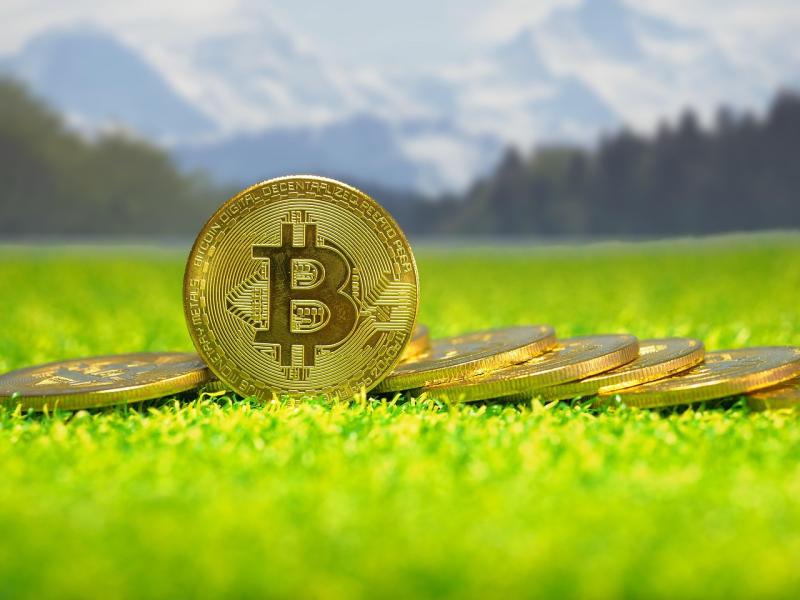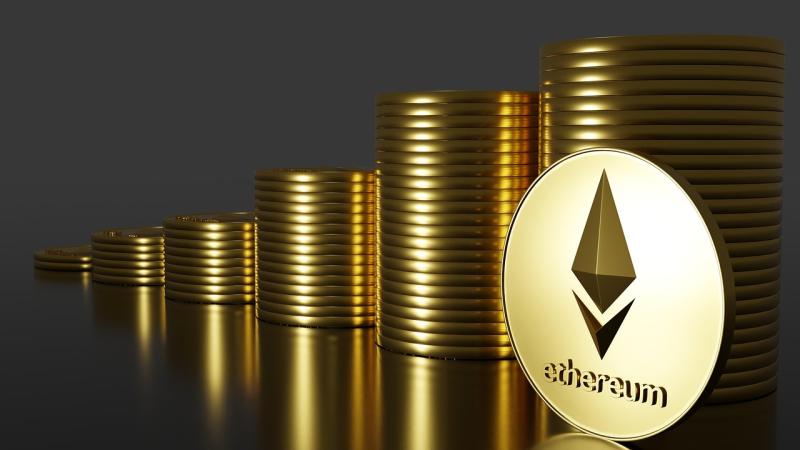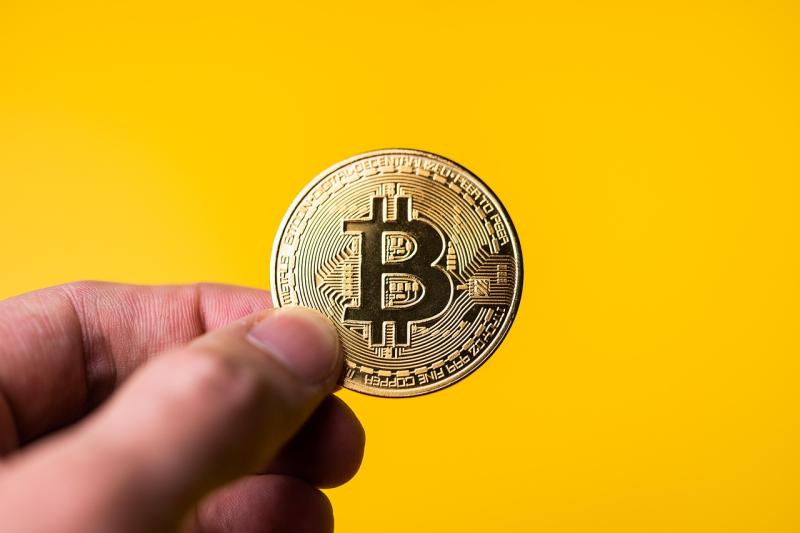Cryptocurrency has taken the financial world by storm, with many people looking to participate not just by buying coins, but also by mining them. One popular method of mining is GPU mining, which is often a starting point for beginners who want to get hands-on experience in the crypto space. But what exactly is GPU mining, and how does it work? Let’s break it down.
What is GPU Mining?
GPU mining refers to the process of using a Graphics Processing Unit (GPU), which is the specialized processor in your computer used for rendering images and videos, to solve complex mathematical problems that validate transactions on a blockchain. In return for this work, miners are rewarded with cryptocurrency.
Unlike CPUs (Central Processing Units), which handle general computing tasks, GPUs are designed to handle many operations in parallel. This makes them ideal for the repetitive and highly parallel computations required for mining cryptocurrencies.
How GPU Mining Works
At its core, cryptocurrency mining involves solving cryptographic puzzles to validate blocks of transactions on a blockchain network. Here’s a simplified breakdown of the process:
-
Joining a Blockchain Network
Every cryptocurrency that can be mined (like Ethereum, before its shift to Proof of Stake, or other altcoins) relies on a decentralized network of miners. Your GPU participates in this network by working to validate transactions. -
Solving Complex Mathematical Problems
Each block in a blockchain contains transaction data and a unique cryptographic code called a hash. Miners use GPUs to guess this hash by performing trillions of calculations per second. This process is called proof of work. -
Mining Software and Hardware
To start mining, you need:-
A GPU (or multiple GPUs) capable of high-performance calculations.
-
Mining software that connects your GPU to the blockchain network.
-
A digital wallet to store the coins you earn.
Mining software takes transaction data from the network, runs it through your GPU, and attempts to find a solution to the cryptographic puzzle.
-
-
Receiving Rewards
Once a miner successfully solves a puzzle and validates a block, the network rewards them with cryptocurrency. This reward incentivizes miners to continue securing the network.
Why Use GPUs for Mining?
-
High Efficiency: GPUs can perform parallel computations, meaning they can handle multiple tasks simultaneously, which makes them much faster than CPUs for mining.
-
Flexibility: Many cryptocurrencies can be mined using GPUs, allowing miners to switch between coins depending on profitability.
-
Accessibility: While ASIC miners (specialized mining devices) are faster for some coins like Bitcoin, GPUs are more widely available and can be repurposed for gaming or other computing tasks.
Challenges of GPU Mining
While GPU mining is appealing, beginners should be aware of the challenges:
-
High Energy Consumption: Mining consumes a lot of electricity, which can make it expensive if your electricity rates are high.
-
Hardware Costs: High-end GPUs are costly, and mining puts heavy wear on them.
-
Mining Difficulty: As more miners join the network, solving cryptographic puzzles becomes harder, reducing profitability.
-
Heat and Noise: Running GPUs at full power generates significant heat and noise, requiring proper cooling solutions.
Getting Started with GPU Mining
For beginners who want to try GPU mining, here are some practical steps:
-
Choose Your Coin: Research which coins are best mined with GPUs. Popular choices often include altcoins rather than Bitcoin.
-
Set Up Your Rig: Build a PC with a powerful GPU or multiple GPUs. Ensure your system has proper cooling.
-
Install Mining Software: Programs like Claymore, PhoenixMiner, or NiceHash are commonly used.
-
Join a Mining Pool: Solo mining can be difficult for beginners. Mining pools allow multiple miners to combine their computing power and share rewards.
-
Monitor and Optimize: Track your GPU temperature, hash rate, and energy usage to maximize efficiency and avoid hardware damage.
Conclusion
GPU mining is a hands-on way for beginners to enter the world of cryptocurrency. It combines computer hardware knowledge, blockchain fundamentals, and a bit of patience to earn digital coins. While it comes with challenges like electricity costs and hardware wear, it also offers an engaging way to learn about the technology behind cryptocurrencies and potentially earn rewards in the process.
For those curious about the crypto universe, GPU mining is a perfect starting point—just remember to do your research, calculate costs, and start small.



